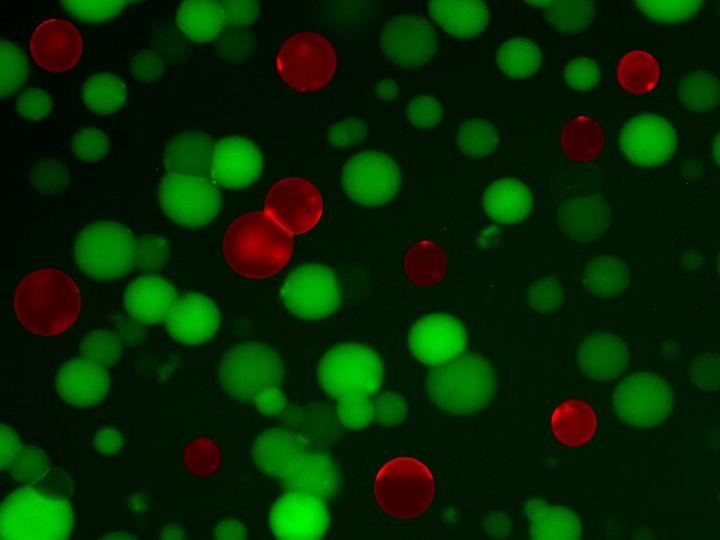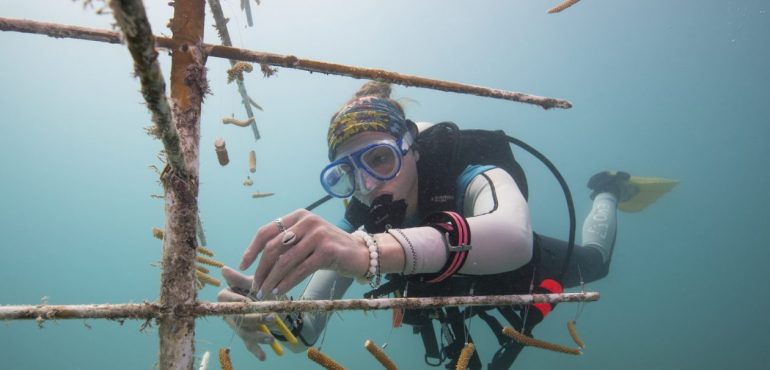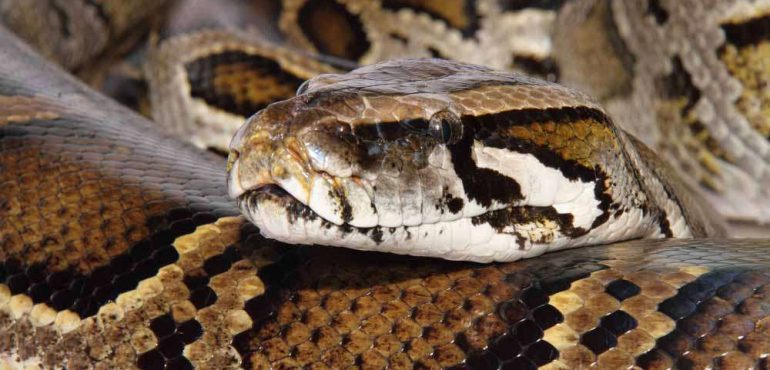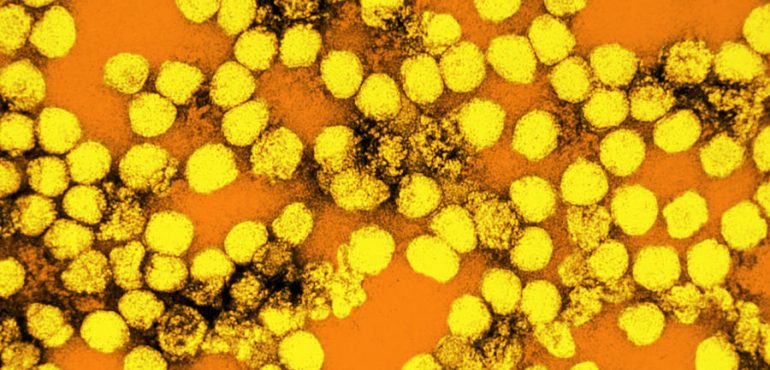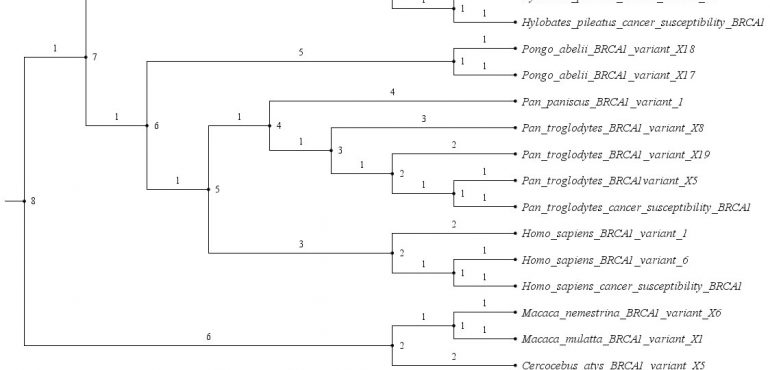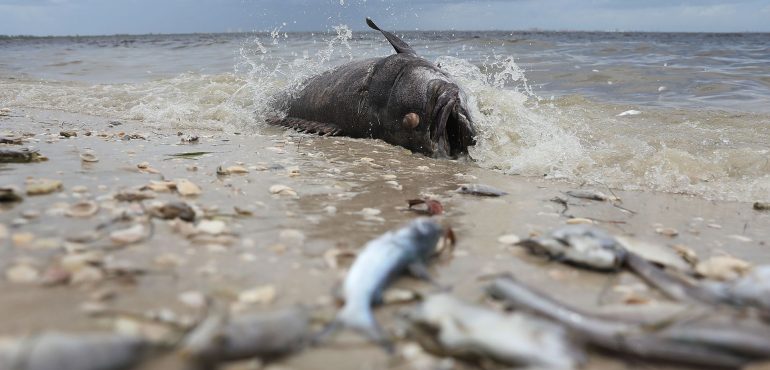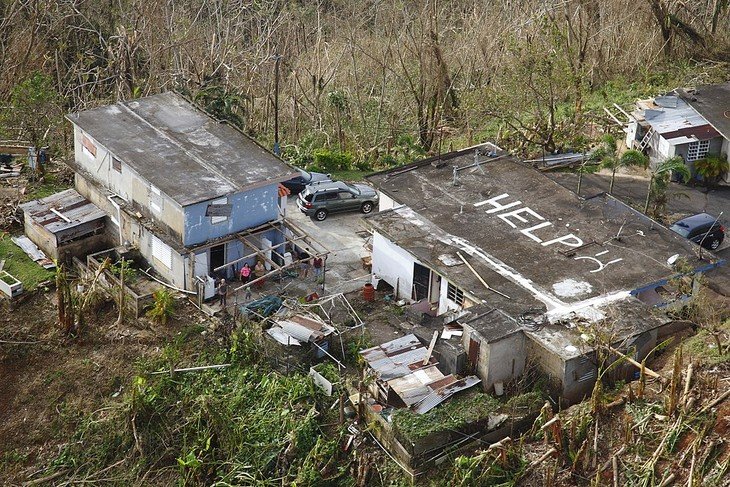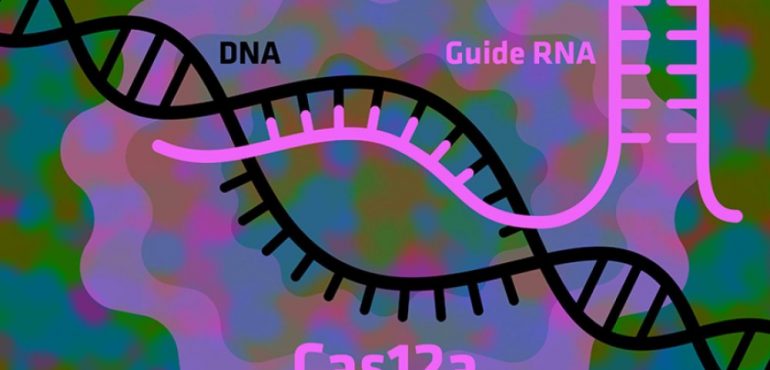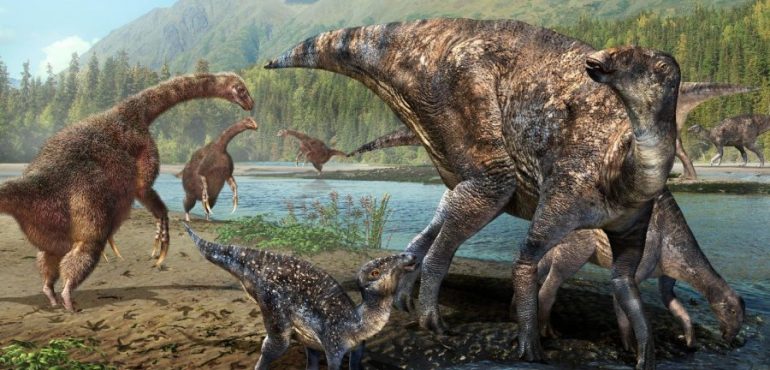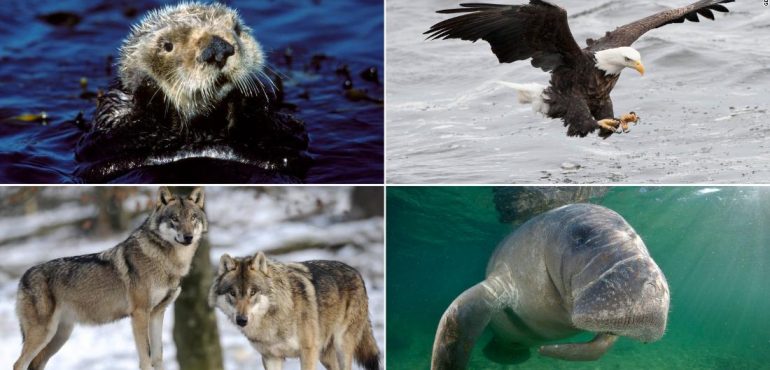"Lego block" artificial cells that can kill bacteria have been created by researchers at the University of California, Davis Department of Biomedical Engineering. The work is reported Aug. 29 in the journal ACS Applied Materials and Interfaces. "We engineered artificial cells from the bottom-up -- like Lego blocks -- to destroy bacteria," said Assistant Professor Cheemeng…
Read more
Artificial cells are tiny bacteria fighters
